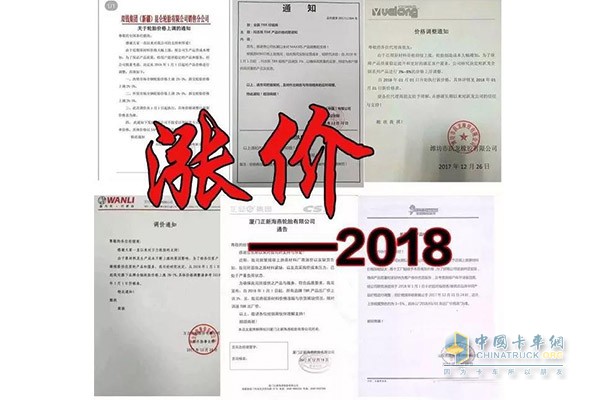Another round of price increases is who stirs the tire industry?
Therefore, the cause of the global rubber price panic is simple. The increase in cutoffs and restrictions on exports has caused the high demand for rubber in China and the world to cause dependence on the main rubber producing country. Once the main rubber production country is shut down, it means export volume. The reduction in the supply of plastics with less supplies will naturally increase, and importing countries will have to pay higher amounts of money. Although there are more than a month away from the production limit order, the Jiaojia market has long been turbulent. The direct impact on tire prices is skyrocketing. However, tire prices are not good for tire companies. Looking at the position of the tire manufacturers, the price of upstream raw materials will increase, and the pressure on tire production costs will suddenly increase. Although the increase in production cost pressures is also an opportunity for the tire industry to upgrade, the opportunity market will eliminate a group of backward production capacity, but This kind of high cost pressure is almost equal to the cost line of some small and medium-sized tire companies, resulting in a few tire companies that have died on the way to capacity upgrades, and tire companies that have not been eliminated are not necessarily profitable. Therefore, many tire manufacturers have stated that “We are also the victim of price increases for tires!†Moreover, as the profitability of tire factories is reduced, tire companies cannot earn money, and even tire dealers cannot earn more money. The tires that were sold to the manufacturers at a higher price than before were sold. However, due to the lag in the price increase of the tires, it was a reaction to the tire retail stores. As prices rise, they are not pleased either. After some analysis, we can conclude that in the tide of tire inflation, the tire companies are only operating, and the dealers' homes are only executed. Since none of them are profitable, they will certainly not be willing to raise prices. It is best to hope that the market is calm. Since it is not a tire manufacturer, who is stirring the tire market? Let's take a closer look: The main country of production cuts, along with restrictions on exports, will accelerate the digestion of the importing country's inventory. Insufficient stocks will stimulate the rise of rubber prices, and it is expected that rubber prices will lead directly to the raw materials of tire manufacturers. The rising shift in tire manufacturing costs is a decisive factor in determining the accuracy of rubber price trends. Many companies have misjudged the price trend both in life and death, causing tremendous pressure on the procurement of raw materials and directly overwhelming the manufacturers. Cash flow. So in the end, the final winner of the price increase is only the futures analyst who is fast-forward and fast-forward. The bigger profit is earned by the futures trader, leaving the tire industry’s raw material manufacturers, tire manufacturers, distributors and consumers to pay . Whether you increase or decrease your price, even if you do not harm yourself, you will inadvertently harm your customers. This is a common problem in Shandong companies where the proportion of raw material costs accounts for more than 70%. There is no way for you to make a product with a premium price and a three-line brand competition. This means that such a market will need to digest your inventory. Similarly, the third-line brand cannot afford the four-line brand cost, but you need to come up with price space and Second-tier brand competition, which makes companies with very flexible space either die in the capital chain of stocks and channels occupying goods, or die in the failure to provide upstream raw material purchases, and cut off supply for suspension. On the contrary, those with sufficient flexibility have a second and second line. Brand, because there is enough room for profit to adapt to price fluctuations, the chance of survival will increase. However, in spite of the surging prices of tires, the market is full of defects, and the profit margins of the prices that can be earned are all in the form of bulk material forwards, that is, they are stirring up the tire industry. The basic function of the Solder Preform Feeder is to flatten the solder thin or wire and produce solder plates. The use of the solder plate is to add thickness to some components that requires more solder content. The purpose of the feeder is to lessen the cost by taking out costings on component reels or other solutions that is currently implemented in SMT production process. KDW Solder Preform Feeder can be customized to any SMT Mounter brand and models. Currently, the Solder Preform Feeder is now available and passed machine compatibility test for SMT machine brands such as Juki, Samsung, Fuji, Yamaha, Panasonic, and Siemens. Solder Preform Feeder SMT Solder Preform Feeder, Solder Plate Feeder, Solder Preform Feeder, Automatic Solder Preform Feeder ShenZhen KDW Electronics Co.,Ltd , https://www.smtsplicetape.com New round of tire price increase
New round of tire price increase